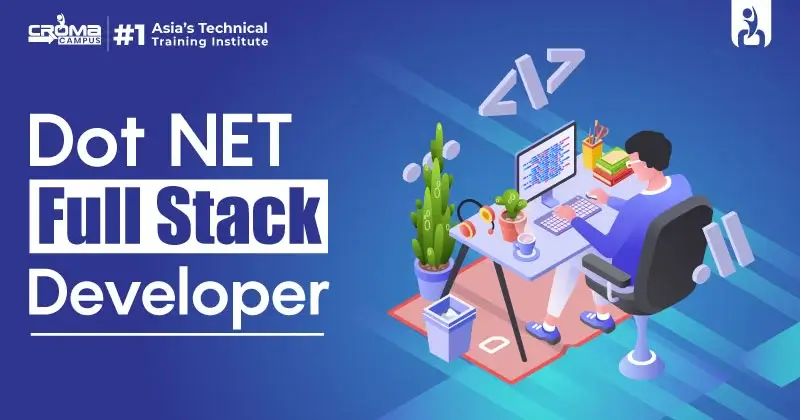1. ADO .NET Introduction
a. ADO vs. ADO .NET
b. ADO .NET Architecture
2. Connecting to Data Sources
a. Choosing a .Net Data Provider
b. Defining a Connection
c. Managing a Connection
d. Handling Connection Exceptions
e. Connection Pooling
3. Performing Connected Database Operations
a. Working in a Connected Environment
b. Building Command Objects
c. Executing the Commands
d. Data Reader Object
4. Using Transactions
5. Perfoming Dis-Connected Database Operations
a. Configuring a DataAdapter to Retrieve Information
b. Populating a DataSet Using a DataAdapter
c. Modifying Data in a DataTable
d. Persisting Changes to a Data Source
e. Working in a Disconnected Environment
f. Building Datasets and DataTables
g. Binding and Saving a Dataset
h. Defining Data Relationships



